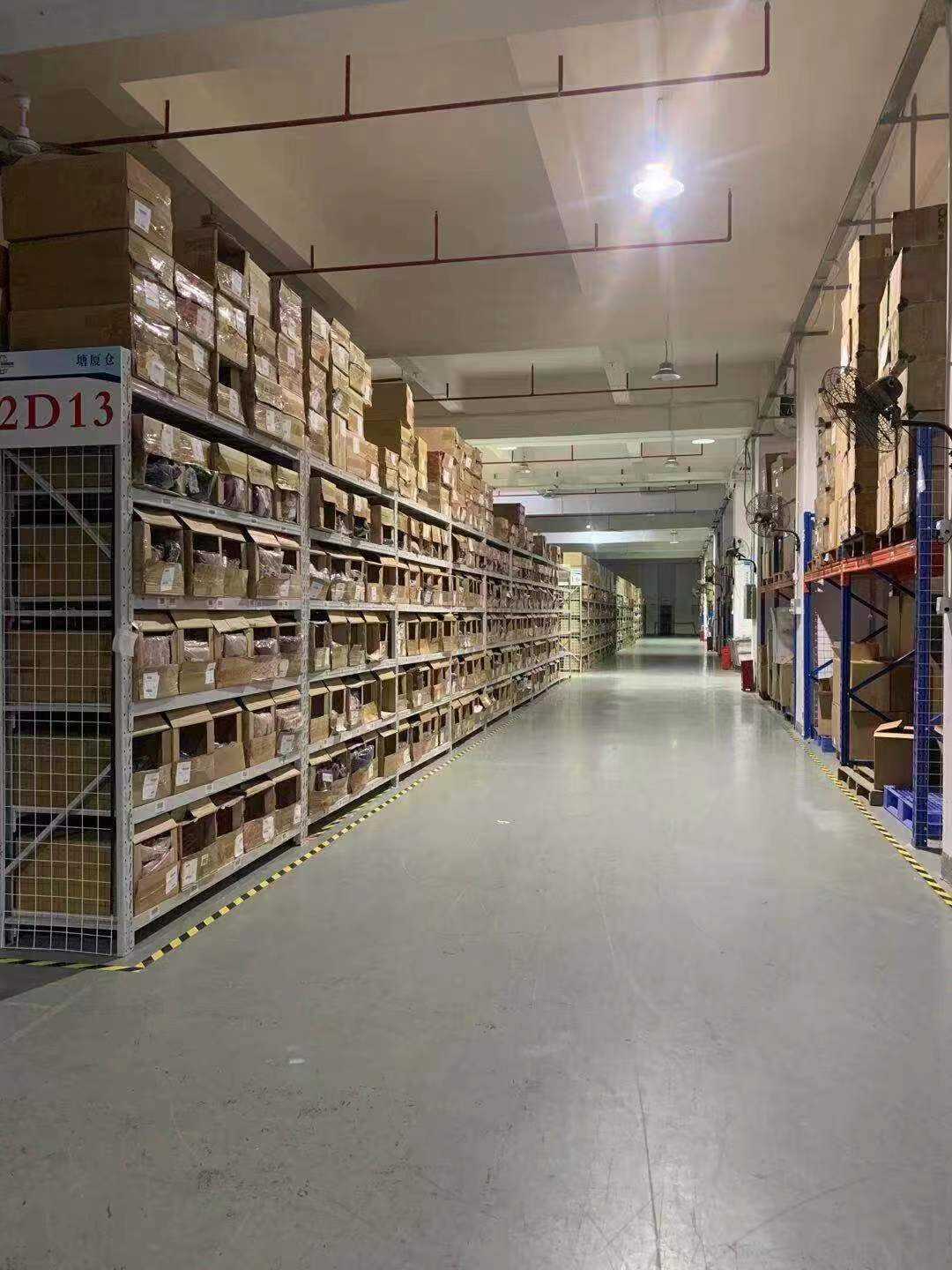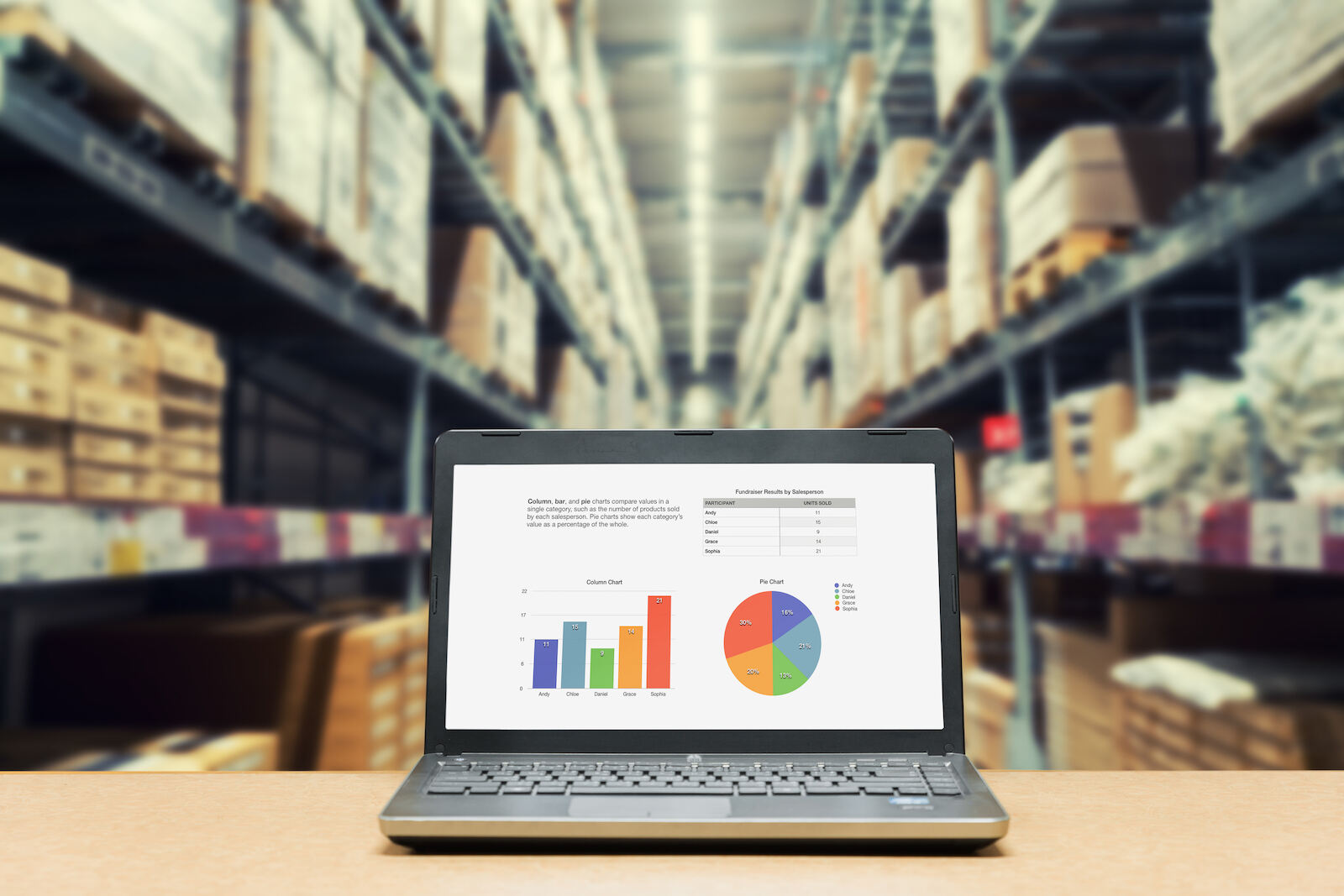Chinese 3PL Providers: The Beauty Industry’s Logistics Backbone
Comprehensive End-to-End Logistics Services
Chinese third-party logistics (3PL) providers offer 360° capabilities that span the entire supply chain, providing beauty brands with a single, integrated solution from factory gate to consumer doorstep. These services include real-time warehouse management, automated inventory replenishment, bonded zone operations, temperature-controlled storage, customs documentation preparation, and multi-channel last-mile delivery. By consolidating these functions under one provider, brands reduce handoff errors, improve speed-to-market, and gain visibility across complex cross-border flows. For emerging and global beauty brands alike, this comprehensive coverage simplifies operations, lowers total logistics costs, and ensures consistency in product quality and customer experience.
Specialized Support for Temperature-Sensitive & Regulated Products
These services are especially critical for beauty products that are highly sensitive to temperature fluctuations, such as serums, probiotics, and creams containing active ingredients like retinol or vitamin C. Advanced Chinese 3PLs offer multi-zone climate-controlled warehousing, phase-change insulated packaging, and real-time IoT temperature monitoring throughout transit. Beyond physical protection, these providers are well-versed in navigating global regulatory frameworks—ensuring full compliance with China’s GB standards, EU Cosmetic Regulation 1223/2009, and FDA labeling rules. This dual focus on thermal stability and regulatory precision helps brands avoid costly spoilage, customs delays, or market recalls.
Infrastructure Strength: Portside Hubs Enable Fast Export
Strategically located facilities like Shanghai’s Waigaoqiao Free Trade Zone empower Chinese 3PL providers to accelerate international shipments by enabling same-day processing of 94% of export declarations (China Customs, 2023). These bonded zones streamline customs pre-clearance and reduce paperwork redundancy, significantly cutting down regulatory delays. This infrastructure advantage is especially vital for time-sensitive beauty products, allowing brands to maintain freshness, meet launch deadlines, and reduce time-to-market across global destinations.

Market Growth Driven by Logistics Maturity
The maturation of China’s export logistics—marked by advanced 3PL capabilities and bonded distribution zones—has directly contributed to an 8.6% year-over-year increase in Chinese cosmetics exports. This growth reflects the global appetite for Asian beauty products and the ability of logistics networks to deliver them swiftly and compliantly. As Western markets increasingly embrace K-beauty and C-beauty trends, logistics efficiency has become a critical enabler of market expansion and brand competitiveness.
High Scalability for Sales Peaks
Leading Chinese 3PL providers offer rapid scalability, expanding warehouse capacity by up to 300% within just 72 hours. This agility is vital during high-demand events like Singles’ Day, when over 1.2 million beauty orders may be processed in a single day. Through modular storage systems, elastic labor deployment, and AI-powered load balancing, these providers ensure uninterrupted fulfillment speed and accuracy, even during massive sales surges.
API-Driven E-commerce Integration
Seamless API connectivity allows Chinese 3PL providers to integrate directly with platforms like Tmall, JD.com, Shopify, and Amazon. This real-time synchronization enhances inventory visibility, automates order updates, and prevents overselling across global channels. As a result, beauty brands benefit from faster fulfillment cycles, fewer stock discrepancies, and a smoother omnichannel customer experience—all essential for scaling international sales.
Key Technology Requirements for Cosmetic 3PL Partners
WMS Integration for Real-Time Inventory Management
Warehouse Management Systems (WMS) provide real-time, end-to-end visibility into inventory levels, essential for managing fast-moving cosmetic SKUs. With automated cycle counting and location tracking, WMS reduces manual errors and supports First-Expired-First-Out (FEFO) protocols. Leading 3PLs report up to 99.6% inventory accuracy, helping beauty brands avoid costly stockouts, overstocking, and product expiry losses—especially critical for items with short shelf lives like serums and creams.
Barcode and RFID for Traceability
RFID and barcode technologies provide granular, batch-level visibility across the entire supply chain. These systems enable instant tracking of cosmetic products—from manufacturing to last-mile delivery—ensuring traceability in case of recalls or quality audits. RFID, in particular, automates the scanning process through radio frequency signals, significantly reducing manual input errors. By integrating these tools, 3PLs help beauty brands cut recall investigation time by up to 65%, while also improving compliance with international safety standards and documentation accuracy.
API Connectivity with Global E-Commerce Platforms
Application Programming Interfaces (APIs) enable seamless communication between 3PL systems and e-commerce platforms like Tmall, Shopify, and Amazon. This real-time synchronization ensures accurate stock levels, faster order processing, and fewer overselling incidents. API integration also supports automated order routing, inventory updates, and returns management—reducing human error and increasing operational speed by up to 70%. For beauty brands managing multiple SKUs and flash sales, this level of connectivity is essential for maintaining customer satisfaction and delivery reliability across global markets.
Inventory Accuracy & Product Shelf Life Management
Barcode-Driven Cycle Counting
Frequent cycle counting using barcode or RFID technology significantly improves inventory accuracy by automating the identification and tracking of SKUs. Compared to traditional manual inventory methods, this approach reduces stock discrepancies by up to 80%, helping to prevent fulfillment delays and costly write-offs. For beauty brands managing thousands of product variations with strict shelf-life requirements, barcode-driven counts offer real-time insight into inventory status and streamline warehouse operations.
Expiry Date Automation
Implementing FEFO (First-Expired-First-Out) protocols ensures that products nearing expiration are prioritized for fulfillment, reducing waste and maximizing shelf life. Warehouse Management Systems (WMS) generate automated alerts 30 days before expiry, enabling proactive inventory decisions. Combined with RFID-based monitoring, this approach significantly enhances traceability and reduces regulatory compliance risks by up to 65%—a critical advantage for cosmetics brands managing sensitive ingredients and region-specific shelf-life requirements.
Analyzing 3PL Value: Costs, ROI, and Hidden Fees
Common Hidden Fees in Cosmetics Logistics
Cosmetic brands often face unexpected charges, such as:
$0.25–$0.40/ft³ for climate-controlled storage
12–18% surcharges for batch documentation
$3.50–$6.00 per unit for returns processing
According to Supply Chain Dive (2023), 46% of brands report unexpected cost overruns of over 22%.
ROI Benefits of Outsourcing Logistics
Outsourced 3PL operations often yield:
35–40% labor cost reductions
28% faster inventory turnover
Lower shrinkage and damage costs
These savings are particularly valuable for scaling beauty businesses with seasonal or trend-driven demand.
What to Look for in a China-Based 3PL for Cosmetics
Compliance with Global Cosmetic Regulations
Qualified 3PL providers play a pivotal role in navigating dual compliance obligations—balancing China’s CFDA (National Medical Products Administration) standards with international frameworks such as the EU’s Cosmetic Regulation 1223/2009 or the U.S. MoCRA. These regulatory overlaps affect labeling, ingredient disclosure, and documentation formats. According to 2023 customs data, 23% of beauty shipments faced clearance delays due to missing or incomplete Certificates of Free Sale or ingredient records. Experienced 3PLs proactively manage these risks through pre-shipment audits, centralized compliance databases, and multilingual regulatory support, ensuring faster customs processing and reduced risk of border rejections.
Adapting to Market-Specific Packaging Norms
Chinese-bound cosmetic shipments must adhere to localized packaging standards, including Mandarin-language labeling, QR code registration for product authentication, and anti-counterfeit holograms or serial numbers. These elements are not just regulatory requirements but also critical trust signals for local consumers. For high-value or sensitive products like premium serums, 78% of third-party logistics providers now include humidity control packs as standard, based on 2024 industry data. These measures help preserve product stability during transit, particularly in humid regions or monsoon seasons, while also ensuring packaging compliance and consumer confidence upon delivery.
Advantages of Local Distribution Networks
Top-tier 3PLs leverage:
Cainiao and JD Logistics for last-mile coverage
Same-day fulfillment in Shanghai and Shenzhen
Pudong Airport cross-docking to avoid port congestion
These strategies reduce per-unit shipping costs by 40% on average (MyDHL 2023).
FAQ
What are the benefits of using a 3PL provider in China for cosmetic brands?
Using a 3PL provider in China can streamline logistics with multi-channel fulfillment, reduce shipping costs, handle bonded warehousing delaying import duties, and ensure FDA-compliant packaging for quicker customs clearance.
How do Chinese 3PLs manage temperature-sensitive products?
Chinese 3PLs offer temperature-controlled warehousing solutions with multi-zone climate control, humidity regulation, and IoT sensors to maintain product integrity.
What technological capabilities should I look for in a 3PL provider?
Key technologies include WMS integration, barcode/RFID systems for batch traceability, temperature-controlled warehousing, and API connectivity with e-commerce platforms.
What hidden costs might arise with 3PL contracts?
Hidden costs can include climate-controlled storage fees, batch documentation surcharges, and charges for returns processing.
Why is scalability important for 3PL services?
Scalability allows providers to expand capacity rapidly, crucial for handling peak periods like Singles' Day, ensuring timely order processing and delivery.



